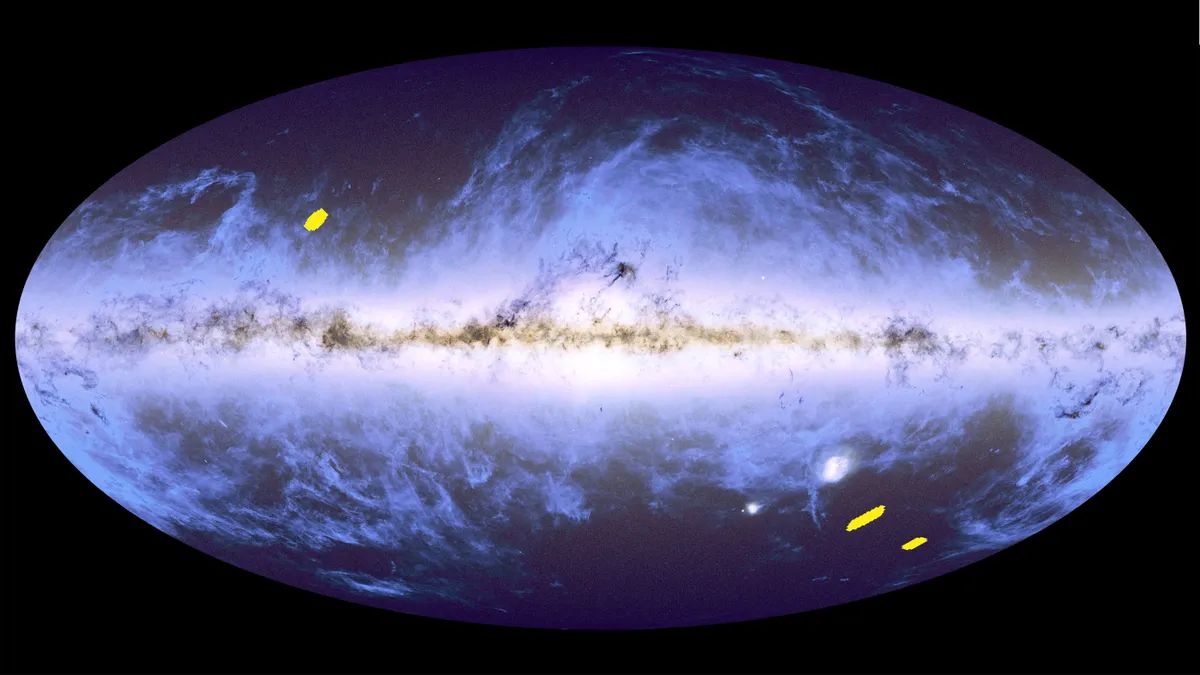Esa’s Euclid Telescope Releases First Data, Mapping 26 Million Galaxies
The European Space Agency’s Euclid Space Telescope has released its first significant Dataset, offering a Deeper Look into the Universe’s Large-Scale Structure. The mission, focused on Investigating Dark Matter and Dark Energy, Has Alredy Produce an Extent Catalogue of Cosmic observations. Over 26 Million Galaxies has been mapped with the first week of data collection, Including theose those located more than more than 10.5 billion light-Years Away. The Findings are expected to provide crucial insights into the expansion of the university and the nature of its unseen components.
Key discoveries from the euclid mission
As per reports. Around 380,000 Galaxies Have Been Classified, While 500 New Gravitational Lens Candidates Have Been Identified. These observations are set to be continuously updated over the next six years, allowing scientists to track cosmic evolution with proction.
Insights from Deep-Sheld Surveys
As reported in the dataset, the euclid deep field north, fornax, and south regions have been mapped, Revealing Millions of Galaxies. The telescope’s observations offer a clearer view of the cosmic web, showing how dark matter is distributed across space. Additional, Large-Scale Cosmic Structures, Star Clusters, and Nearby Galaxies Have Been Docuted with UnprecedenD Clarity.
Data Volume and Future Prospects
Euclid’s first data release contains 35 terabytes of information, with expectations that the dataset will grow to 2 petabytes by next year. The extensive data collection is anticipated to refine understanding of Dark Matter, Dark Energy, and Galaxy Formation. Researchers sugges that these findings will help in constructing a more comprehensive model of the universe’s past, present, and future.







